Success isn’t just about working harder—it’s about aligning your mindset, actions, and vision with your deepest aspirations. The most effective achievers combine the power of visual manifestation through vision boards with strategic hustle plans that create sustainable progress toward their ideal life. This comprehensive approach transforms abstract dreams into concrete realities by bridging the gap between imagination and execution.

What Are Vision Boards and Why They Work
Vision boards are visual representations of your goals, dreams, and aspirations created through a collage of images, words, and symbols that inspire action toward your desired future. Research shows that vision boards work because they activate the reticular activating system (RAS) in your brain, which filters sensory input and prioritizes what’s important. When you repeatedly focus on your vision board, your RAS begins to notice opportunities and resources that align with your goals.
Studies demonstrate impressive results from vision board usage. A TD Bank survey found that one in five successful entrepreneurs use vision boards when starting their business, with 76% reporting that their progress aligned with their vision. Even more compelling, 82% of small business owners accomplished over half of their business goals since creating their boards.
The Science Behind Visual Manifestation
The effectiveness of vision boards lies in psychological principles backed by neuroscience research. When you visualize your goals, your brain activates similar neural pathways as when you physically engage in those activities. Brain imaging studies show that vividly imagining an experience]. This mental rehearsal strengthens neural pathways related to your envisioned scenario, making the outcome feel more familiar and achievable.
A 2019 study suggests that vision boards encourage self-expression and help identify meaningful future goals, inner strengths, interests, and values3. This process of visual goal-setting creates self-concordance—the alignment between your goals and intrinsic motivations—which leads to experiencing more positive emotions and enhanced goal commitment.
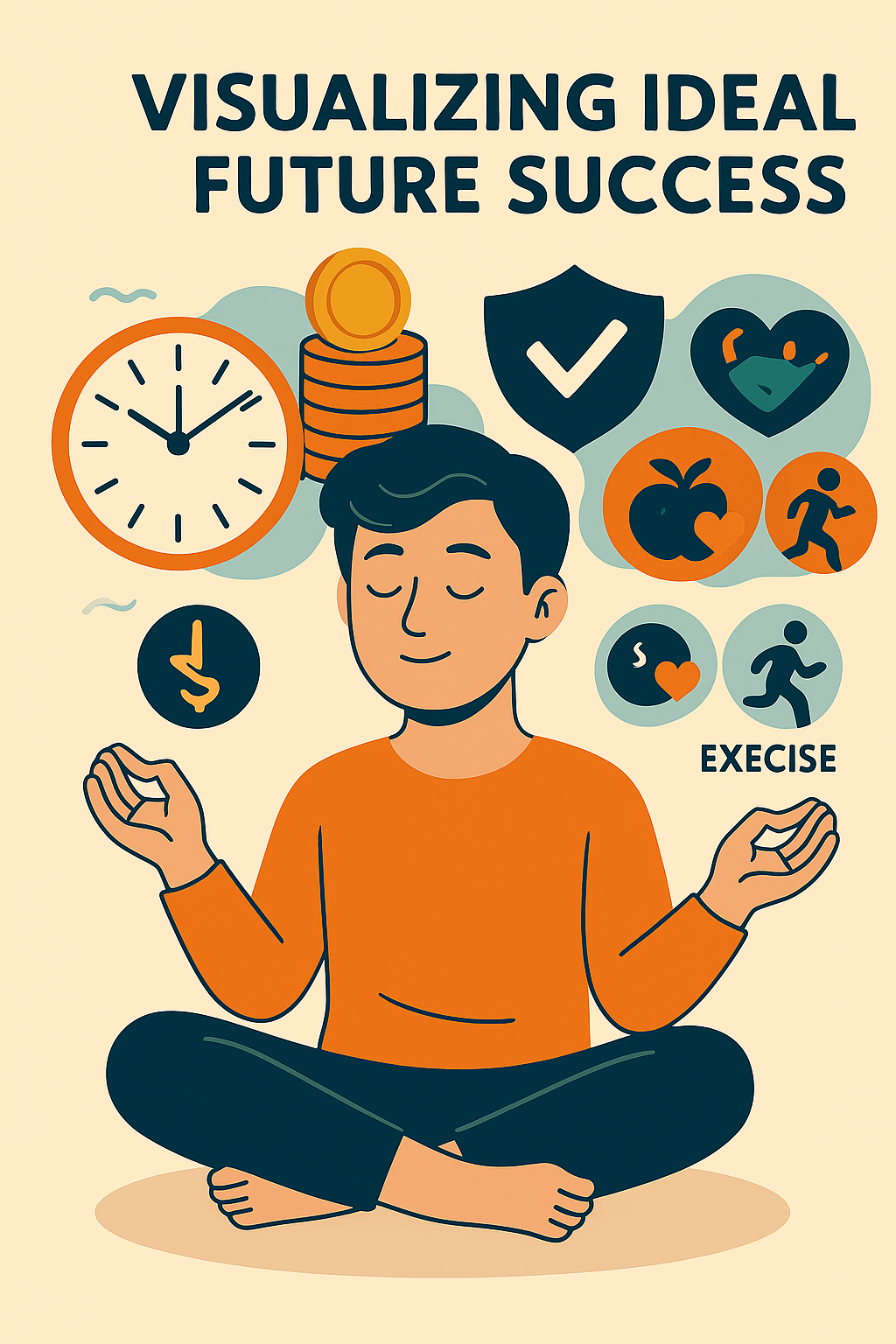
The Psychology of Manifestation
Manifestation isn’t magical thinking—it’s a psychological process that aligns thoughts, emotions, and behaviors with desired outcomes. The core principle involves using the mind-body-spirit connection to create desires, wishes, or goals in order to achieve tangible results. Research published in the Personality and Social Psychology Bulletin found that roughly 33% of participants endorsed belief in manifestation, with believers feeling more successful but also prone to making riskier financial decisions.
Key Manifestation Techniques That Actually Work
Visualization with Emotional Engagement: The most effective visualization involves creating mental movies of your goals with vivid sensory details and strong emotional connections. Studies in sports psychology show that athletes who practice mental imagery before operations or competitions experience significantly lower stress and better performance.
Affirmations and Positive Self-Talk: Repeating positive statements helps rewire the subconscious mind by replacing limiting beliefs with empowering ones6. However, affirmations work best when they feel believable and are combined with concrete actions.
Scripting and Future Self Writing: This technique involves writing about your future as though it’s already happened, essentially journaling from the perspective of your achieved self. This method helps clarify goals and maintains motivation by making success feel more tangible.
Gratitude Practices: Writing down things you’re thankful for shifts focus from lack to abundance, raising your vibrational frequency and making it easier to attract more positivity. Research consistently shows gratitude practices improve mental health and life satisfaction.
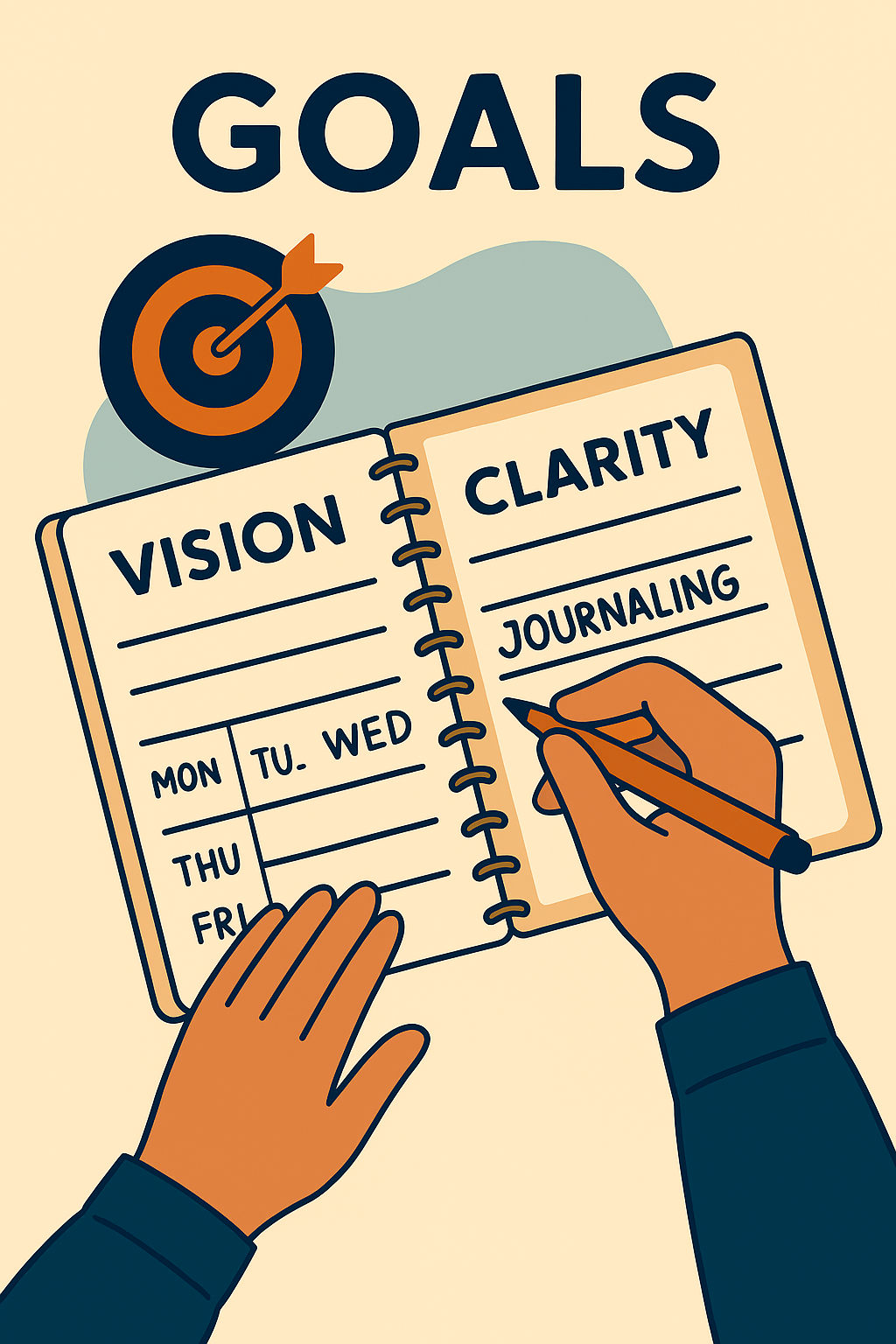
Setting Clear Intentions and Goals
Effective manifestation requires crystal-clear goal setting that goes beyond wishful thinking. The most successful approach combines emotional visualization with strategic planning using proven frameworks like SMART goals (Specific, Measurable, Achievable, Relevant, Time-bound).
The Power of Written Goals
Physically writing down your goals significantly increases your likelihood of achieving them12. When you write goals, you transform abstract thoughts into concrete commitments, highlighting the power and passion behind your vision. Research shows that people who write down their goals are significantly more likely to achieve them than those who only think about them.
Effective Goal-Setting Strategies:
-
Values-Based Goals: Align your objectives with your core values to increase intrinsic motivation. Goals that reflect what truly matters to you are easier to sustain long-term.
-
Backward Planning: Start with your end goal and work backward to identify necessary steps. This technique helps break large aspirations into manageable milestones.
-
HARD Goals: Make your objectives Heartfelt, Animated, Required, and Difficult. This framework ensures your goals evoke emotional connection while challenging you to grow.
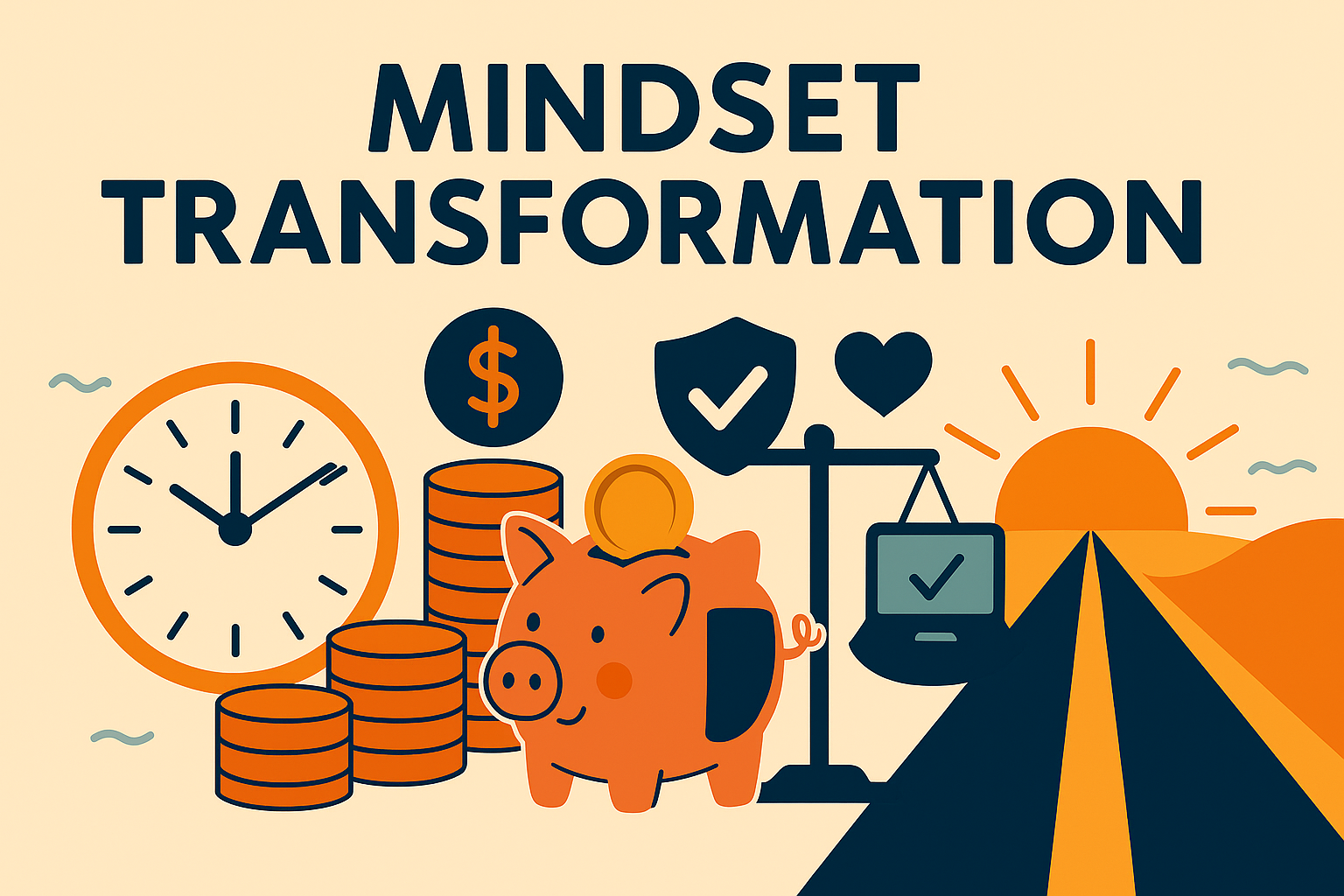
Developing a Millionaire Mindset
The millionaire mindset isn’t about accumulating wealth—it’s about viewing money as a tool that buys freedom, options, and time leverage13. This mindset shift involves three core pillars: abundance thinking, ownership over time, and relentless learning.
Core Mental Habits of High Achievers
Growth Mindset Development: Stanford psychologist Carol Dweck’s research shows that people with growth mindsets—those who believe abilities can be developed through dedication—achieve significantly more than those with fixed mindsets. High performers understand that every skill is learnable and every challenge is a growth opportunity.
Time as Your Most Valuable Asset: Millionaire-minded individuals guard their calendars like Fort Knox, batch similar activities, and automate routine decisions. They understand that time is the only truly scarce resource and invest it strategically in high-impact activities.
Delayed Gratification and Strategic Investment: Research consistently shows that the ability to delay immediate pleasures for long-term gains is one of the strongest predictors of success. This involves automating savings, investing in skill development, and choosing growth over comfort.
Building Multiple Income Streams
Seventy-five percent of millionaires report at least three revenue streams, with the average having seven different income sources. The key is building these systematically rather than juggling multiple half-developed opportunities. Start with mastering one high-value core service, then gradually add productized services, digital products, and passive income streams.
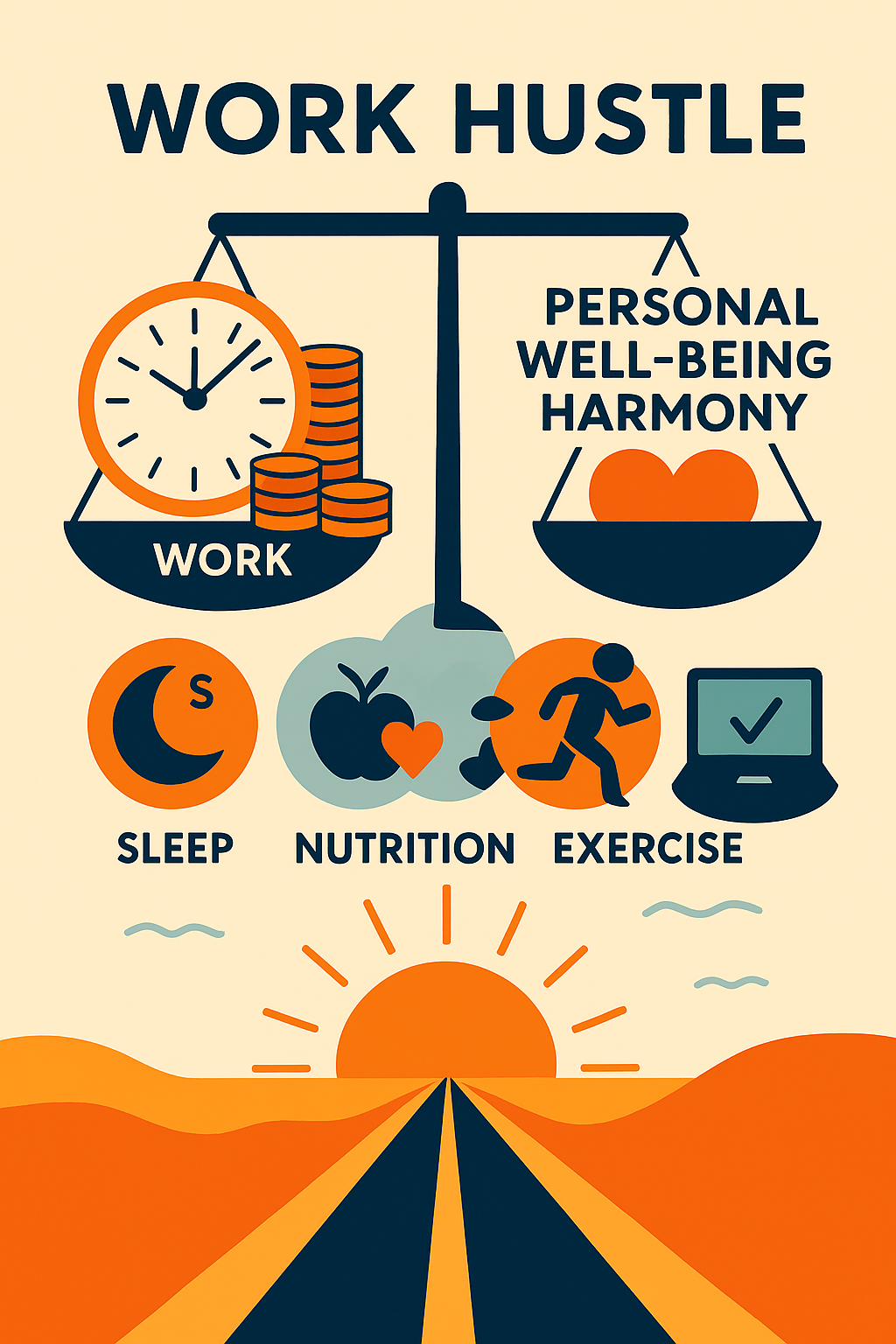
Balancing Hustle Culture with Well-Being
Modern hustle culture often glorifies constant work and busyness as status symbols, promoting the dangerous belief that longer hours automatically equal greater success. However, research from the World Health Organization shows that in 2016, more than 700,000 deaths were caused by working long hours. True success requires balancing ambitious drive with sustainable practices.
The Dark Side of Hustle Culture
Hustle culture’s relentless pursuit of productivity can lead to several negative outcomes:
-
Physical Health Issues: Chronic stress leads to hypertension, heart disease, and compromised immune function
-
Mental Health Problems: Burnout, anxiety, and depression become common when rest is neglected
-
Relationship Strain: Constant work damages personal relationships and leads to social isolation
-
Diminished Productivity: Ironically, overwork often decreases efficiency and creative output
Strategies for Sustainable Success
Set Clear Boundaries: Establish specific work hours and stick to them. Turn off work devices after hours and communicate your availability clearly to colleagues and clients.
Schedule Recovery Time: Treat rest and recreation with the same commitment as work meetings. Research shows that regular breaks and downtime are essential for maintaining peak performance.
Practice Energy Management: Focus on managing your energy rather than just your time. Identify activities that energize versus drain you, and structure your schedule accordingly.
Implement the 22/8 Technique: Alternate between 22-minute focused work sessions with 5-minute breaks and 3-minute self-reflection periods. This approach boosts productivity while preventing burnout.
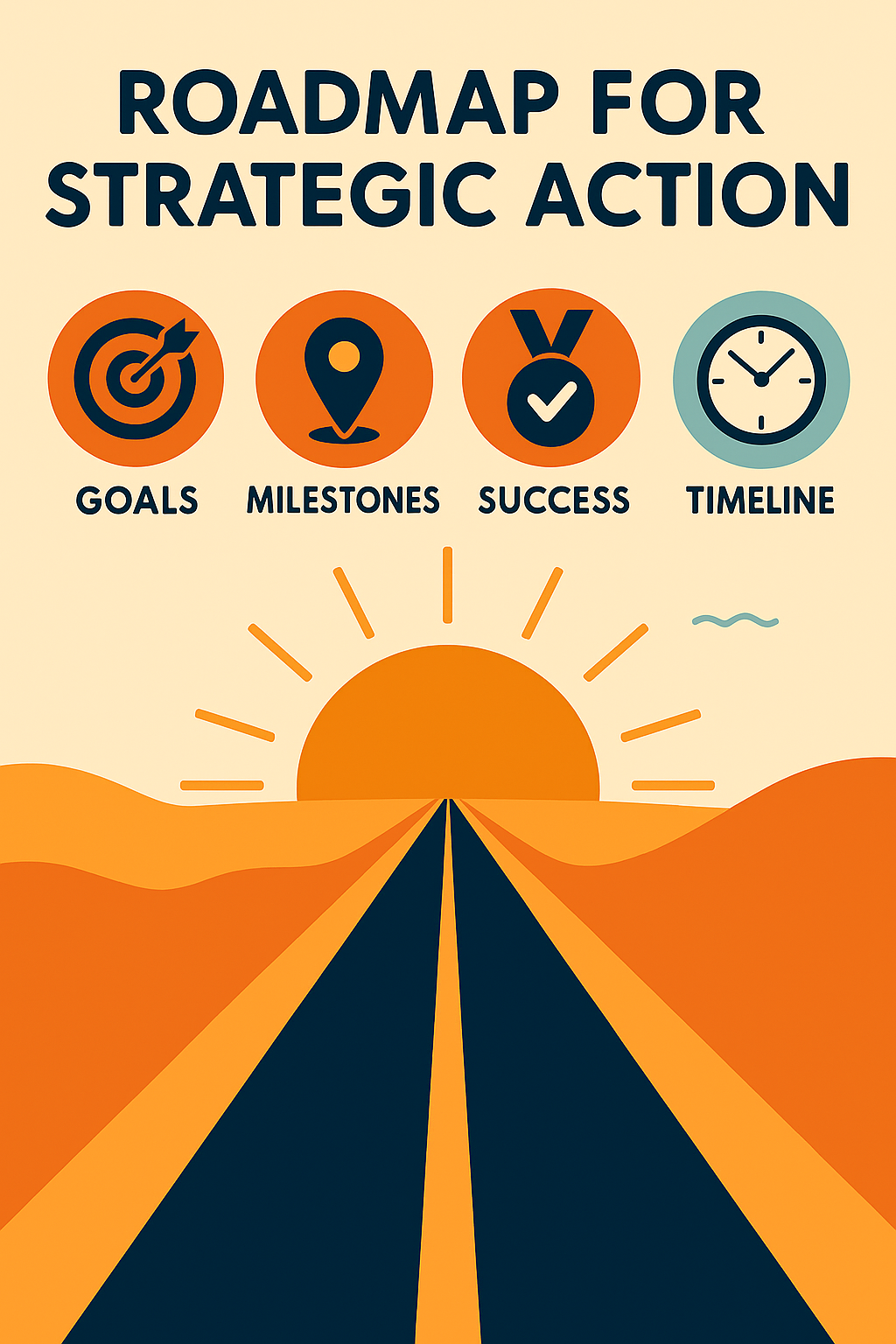
Creating Strategic Action Plans
Vision boards and manifestation practices become truly powerful when combined with strategic action planning. This involves translating your visual aspirations into concrete, executable steps with deadlines and accountability measures.
The Bridge Between Vision and Reality
Break Down Big Goals: Transform overwhelming aspirations into manageable daily and weekly actions. If your vision board shows you running a successful business, identify specific steps like market research, product development, and customer acquisition strategies.
Create Accountability Systems: Share your goals with mentors, join mastermind groups, or use goal-tracking applications to maintain momentum11. External accountability significantly increases your likelihood of following through on commitments.
Regular Review and Adjustment: Schedule weekly and monthly reviews to assess progress and adjust strategies. Successful manifestation requires flexibility and willingness to adapt your approach based on results and changing circumstances.
Building Supporting Habits and Systems
Morning Routines: Establish consistent morning practices that reinforce your vision and set positive intentions for the day. This might include meditation, journaling, exercise, or reviewing your goals.
Evening Reflection: End each day by reviewing progress, celebrating wins, and planning tomorrow’s priorities. This practice helps maintain momentum and ensures you’re consistently moving toward your vision.
Environmental Design: Structure your physical and digital environments to support your goals. Place your vision board where you’ll see it daily, remove distractions, and surround yourself with reminders of your aspirations.
Overcoming Common Obstacles
Even with clear vision boards and strategic plans, most people encounter predictable obstacles on their manifestation journey. Understanding and preparing for these challenges significantly increases your success probability.
Mental and Emotional Barriers
Limiting Beliefs: Identify and challenge self-limiting thoughts that undermine your confidence18. Common limiting beliefs include “I’m not smart enough,” “I don’t deserve success,” or “People like me don’t achieve big goals.” Replace these with evidence-based positive affirmations.
Fear of Failure: Reframe failure as feedback and learning opportunities rather than personal shortcomings. High achievers understand that failure is an inevitable part of growth and use setbacks to refine their strategies.
Impostor Syndrome: Many people struggle with feeling unworthy of their goals or fear being “found out” as frauds. Combat this by focusing on continuous learning, celebrating small wins, and surrounding yourself with supportive communities.
Practical Challenges
Time Management: Use techniques like time-blocking and the Eisenhower Matrix to prioritize important activities over merely urgent ones19. Most people underestimate how long tasks take, so build buffer time into your schedules.
Resource Constraints: Start with what you have rather than waiting for perfect conditions. Many successful entrepreneurs began with limited resources but maximized their impact through creativity and persistence.
Maintaining Motivation: Expect motivation to fluctuate and build systems that work even when you don’t feel inspired. This includes habit stacking, environmental design, and accountability partnerships.

Measuring Progress and Celebrating Success
Effective manifestation requires tracking progress and acknowledging achievements along the journey. This creates positive feedback loops that maintain motivation and build confidence for bigger goals.
Key Performance Indicators for Life Goals
Quantitative Metrics: Establish measurable indicators for your major goals, such as income targets, skill development milestones, or relationship quality measures. Track these consistently and adjust strategies based on data.
Qualitative Assessments: Include subjective measures like happiness levels, energy, sense of purpose, and life satisfaction. These often matter more than purely quantitative achievements.
Progress Reviews: Conduct weekly, monthly, and quarterly reviews to assess advancement toward your vision11. Use these sessions to celebrate wins, identify obstacles, and refine your approach.
Building Momentum Through Small Wins
Daily Victories: Acknowledge and celebrate small daily accomplishments that align with your bigger vision. This builds confidence and creates positive momentum toward larger goals.
Milestone Celebrations: Plan specific rewards for achieving major milestones. This provides motivation during challenging periods and helps maintain long-term commitment to your vision.
Vision Board Updates: Regularly update your vision board as you achieve goals and develop new aspirations. This keeps your visual representation current and exciting.
Final Thoughts: Your Ideal Life Awaits
Manifesting your ideal life through vision boards and strategic hustle planning isn’t about magical thinking—it’s about aligning your conscious and subconscious minds with your deepest aspirations while taking consistent, strategic action8. The combination of visual inspiration, clear goal-setting, strategic planning, and balanced execution creates a powerful framework for transformation.
Remember that manifestation works best when combined with practical action steps, continuous learning, and sustainable practices that protect your well-being7. Your vision board serves as the compass, pointing you toward your ideal future, while your strategic plans provide the roadmap and your daily habits supply the fuel for the journey.
Start today by creating a vision board that truly inspires you, then develop specific action plans that bridge the gap between your current reality and your ideal life. With consistency, patience, and strategic effort, you can transform your deepest aspirations into lived reality. Your ideal life isn’t just a dream—it’s a destination you can reach through intentional manifestation and strategic action.